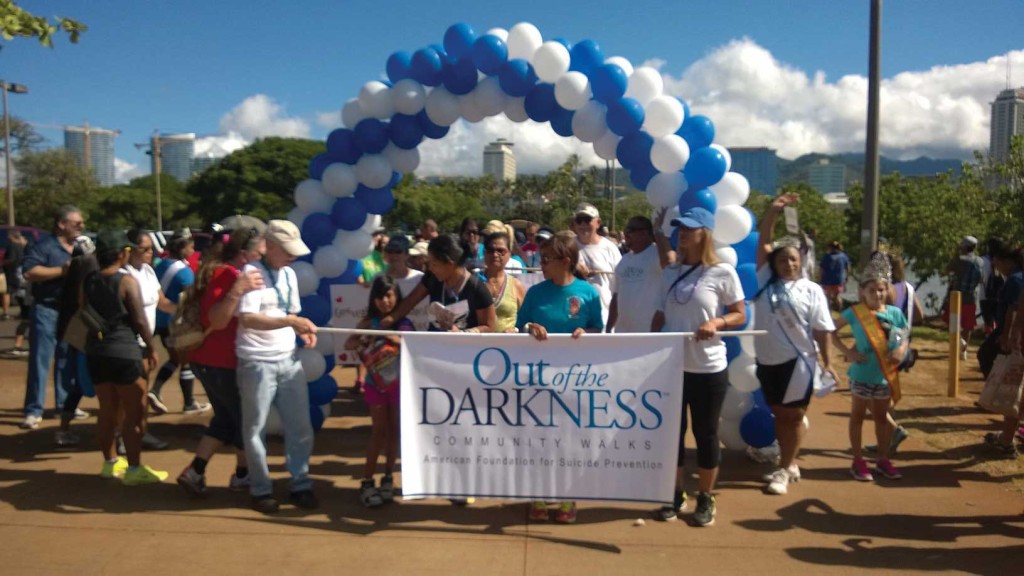Best Practices for Your Social Responsibility Program
In the last two issues of Resort Trades, we explored the positive impact of social responsibility, including the impact on owner engagement and employee loyalty. We also considered the need to create more awareness around all the incredible ways the timeshare industry is already giving back.
Maybe these articles have inspired you to think about your resort’s own efforts. It could be that you’re not sure where to start or how to expand your existing program. If so, this article is for you. We’ll look at several best practices, including viral empowerment and social storytelling strategies that use the resources you already have to raise money and awareness for your cause and your resort.
Best Practice #1: Start with Your Why
For the greatest impact, your social responsibility program should align to your resort’s values. This may be as simple as a beach resort supporting a coastal conservation group, or you could look more deeply into your brand architecture to find causes that resonate with your purpose.

Karen Knight, founder of Corporate Giving Partnerships, a company that helps businesses with cause marketing, states, “Resorts that bring employees into the conversation about social responsibility early have an opportunity to grow brand champions and provide a platform for future leadership. Great leaders need to understand the people who work for them; social responsibility develops skills such as empathy, humility, and teamwork. These values support the organization’s culture, not just the giving campaign.”
Best Practice #2: It’s Okay to Go Small
Once you establish your level of contribution, look for a cause that will benefit from your gift, whether it’s in the form of time, money, or unused nights. For example, our financial gifts are typically less than $2,500. We want our donations to have maximum impact for both us and the causes we support, so we look for smaller non-profits, including those that are just getting off the ground. For these organizations, $2,500 is newsworthy and goes a long way toward supporting their mission.
Best Practice #3: Use Existing Resources
You may be wondering how you’re going to make a difference if you have limited time and money. Most likely, your resort already has what it needs to implement a successful social responsibility program. You just need to rethink your marketing strategy.
Start with your existing network of owners, guests, exchangers, employees, and vendors. Do you have a website? What about a quarterly newsletter or a Facebook page? Use these relationships and resources to generate interest in your program. Think about your online marketing; in this day and age, digital marketing is the most important thing in any venture. To attract more interest, people have to be able to find you, and the way most people do this is via google searches. You should check your website’s ranking on Google, and if it is low, you need to think about why and look at search engine optimization. If you are unsure how to do this, then you can always find companies, like this SEO Company Chester, to help you with it.
“Consumers notice social responsibility,” says Karen Knight. “Studies show up to 87 percent of U.S. consumers will switch brands-and even pay more-when a brand is associated with a cause they care about. Websites, social media, and blogs promoting cause-related programs are easy, measurable, and inexpensive ways to reach new audiences and achieve brand loyalty.”
Services like Upleap can help you get instagram followers by managing your account on your behalf, growing likes and engagement while driving sales. Online presence is vital to reach current and potential clientele, all businesses should look at getting themselves a following through social media to advertise their products or services. Utilizing a variety of social media platforms is a good way to maximize your reach. Using services like those of Bountii, Inc could prove effective in driving your influence and following on platforms like TikTok onwards and upwards. Marketing can be difficult to perfect, which is why some companies have reached out for help from various advertising agencies. Even if you’re a lawyer and need help with your online platform, you could contact Gladiator Law Marketing for example. There will be options available for all types of businesses. However, results can be achieved yourself, without help from marketing services.
Best Practice #4: Partner with Brand Ambassadors
One of the best parts about working with non-profits is that they often become your most vocal brand ambassadors. When you invite these influencers to share your partnership with their network, you multiply the impact of your giving exponentially.
In our first article on social responsibility, we described how Pacific Cancer Fitness drove 8,000 visitors to the ResorTime website in one month. We also saw a spike in traffic on the Grand Pacific Resorts website after Christel House shared our blog with their social media followers. In both instances, we received greater awareness by empowering our partners.
Best Practice #5: Lead with Stories
Facts and figure can be impressive, but it’s stories that really stick. As the content marketing experts at Story Foundry explain, “People warm to stories that have a distinct underlying value set. They do so most eagerly when those values align with theirs. That’s why it’s important to be clear what your values are: so you can connect better. If you are building your stories based on your true foundation, your stories will have integrity. They will be robust and appealing, maybe even irresistible.”
When Cathy Backus, founder of Send Me On Vacation, met with executives from JetBlue and Zappos she shared the impact that her non-profit has had on survivors like Renee, a foster mother with seven children, and Teresa, who traveled to California with her mother, herself a four-time cancer survivor.
By telling stories, Send Me On Vacation is bringing its cause to life and inspiring people on an emotional level. Apply this same principle to your social responsibility program by sharing the difference your efforts have made in individual lives.
Best Practice #6: Encourage Owner and Guest Buy-In
Websites like GoFundMe are changing the non-profit world by empowering ordinary people to give back. Inspired by this movement, we took a similar approach with beCause Destination Matters, our flagship giving program. Every quarter, we feature three stories on the ResorTime website and ask our community to tell us which cause moves them the most. The nonprofit with the most votes receives a $2,500 donation.
The beauty of this program is that it puts the power back in the hands of our owners and guests. It also encourages them to share our website and gives them a simple way to make a difference. Viral empowerment strategies like this amplify the power of your giving and are easy to implement through social media and word of mouth.
Best Practice #7: Let It Evolve
When social responsibility is at the core of your corporate culture, you may be surprised at where it will take you. Our own program is continually evolving. For example, beCause Destination Matters inspired us to start a “10 for 10” promotion, in which our customers receive ten percent savings on their rental booking and we donate ten percent.
Our team has proven that giving has a positive return on many levels for Grand Pacific Resorts, so we have the freedom to be creative with our giving initiatives. It also helps that social responsibility is built into our corporate DNA. We’re able to recognize opportunities and jump on them immediately.
These are just a few things to consider. As your social responsibility program grows, you’ll discover additional best practices that are specific to your situation. You’ll also continue to learn from other resorts and even the nonprofits you support. Do you have any best practices to add to this list?



